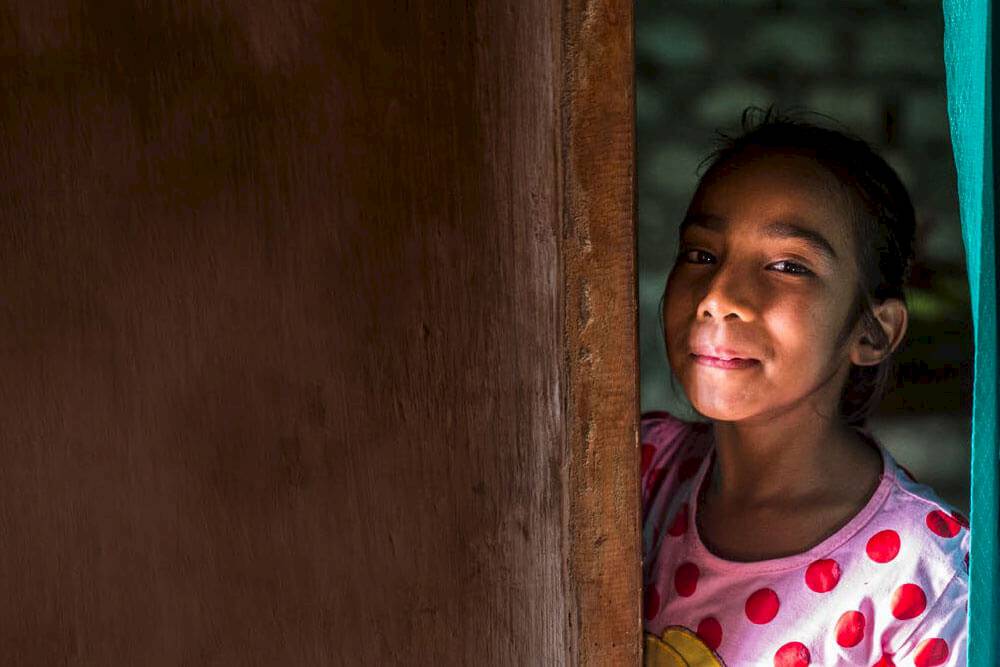
Save The Children’s Global Strategy
For decades, Save the Children functioned as a loosely connected association with 29 member organizations operating in 120 countries. That approach helped the international non-governmental organization promote children’s rights and provide relief in developing countries. But it also contributed to a decentralized structure.
By Forbes Insights
For decades, Save the Children functioned as a loosely connected association with 29 member organizations operating in 120 countries. That approach helped the international non-governmental organization promote children’s rights and provide relief in developing countries. But it also contributed to a decentralized structure, where each organization had its own portfolio management system, and collaboration among members required sending “thousands of Excel spreadsheets around the world,” says Carlos A. Carrazana, executive vice president and chief operating officer of Save the Children U.S. in Washington, D.C.
When 10 years ago, the members formed a federation to more closely align, a new era arrived, complete with opportunities and challenges. So, three years ago, on the cusp of its 100th anniversary, Save the Children decided to change the way it delivers strategy and to drive greater efficiency in all regional, member and country offices. To sharpen strategy delivery, Save the Children needed to convert its geographically dispersed teams into a workforce that promotes team engagement and effective cross-organizational cooperation.
A Platform For Promoting Engagement And Cross-Organizational Cooperation
To do this, Save the Children first implemented a global technology platform that combines data from their disparate systems, from finance to human resources, which gave their 25,000 employees around the world a single view of the organization’s activities. This system not only encourages employees from various member organizations to collaborate, but it also helps cut costs and maximize the use of resources.
"Instead of having to develop a whole practice around trafficking or child protection, we can tap the expertise in another member organization."
Carlos A. Carrazana
Executive Vice President and Chief Operating Officer, Save the Children
For example, if a chief financial officer of a member organization in London wants to know how to apply for a particular grant, or if a Canadian relief worker needs a nutritionist to work on a project in Bangalore, they can search the global database for employees with the necessary skills and expertise and reach out to them for guidance. In the past, acquiring this knowledge would have required countless emails and phone calls, says Carrazana.
Through this cross-organizational cooperation, Save the Children has reaped numerous benefits, including “tremendous savings in the U.S.,” says Carrazana. “We now can tap our colleagues in other parts of the federation who are closer to our programs and the children we help. This is a win-win for children, donors and Save the Children.”
For instance, he says, “If I know that our colleagues in London have a fantastic assistant treasurer, I can try to use him or her for 20% to 30% of the time before adding a new hire to the U.S.”
Download and read the full case study.
Published on 4 December 2018, by Forbes